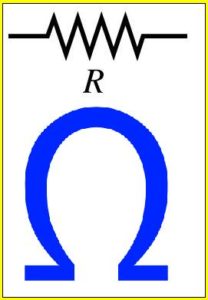You roll around on golf balls. You try in vain to get someone to rub your back.
You wonder if you’ll ever get another good night’s sleep.
Don’t despair. There’s hope! What you need is neuromuscular therapy.
Neuromuscular therapy applies static pressure on specific, highly irritated muscle and connective tissue to relieve stress on the body’s structural and electrical systems. This technique can dramatically relieve local and referred pain throughout the body. It works by calming the body’s electrical system, thus relaxing the muscles as balance returns.
A Little Secret
When pressure is applied to a contracted muscle it decreases the ohms of resistance in the tissue. As static pressure is held and the electrical resistance falls, the muscle relaxes and returns to more normal function. Peace is restored between the nerve impulses and the muscles. The overall effect is a balancing of the central nervous system and a relaxing of muscle tissue.
Another important function of applying pressure to stressed tissue, one shared by most other massage techniques, is the breakdown of congestion and ischemia in the area, encouraging the removal of toxins and an increase in oxygen and nutrients to the tissue.
What You’ll Like
Besides producing such predictable responses in stressed tissue systems, neuromuscular therapy causes less soreness than many other deep manual therapies. This is because it works more with the body’s electrical system and applies less invasive impact to deep tissues.
What You May Not Like
There is one disadvantage that some may find troubling. Neuromuscular therapy requires a certain level of discomfort to work effectively, usually somewhere between a 5 and 7 on a scale of 1—10. Consequently, those who like to feel their massage will especially appreciate this type of therapy.
Complimentary Therapies
A synergistic therapy that integrates well with neuromuscular therapy is a gentle form of deep tissue sculpting. This technique works well to wrap up the static bodywork by neutralizing any lingering patterns of tension. Along with rocking and jostling, it also helps to set the work.
Another therapy that compliments neuromuscular therapy is cupping therapy. Not only can this technique impact adhesions and trigger points in connective tissue, but it also shares neuromuscular therapy’s ability to stimulate and balance the nervous system.
Is Once Enough?
Though neuromuscular therapy can be intense, it will leave your body relieved, relaxed, and satisfied. And when the stresses of life overwhelm you again, you will remember and do what it takes to experience the soothing effects of neuromuscular therapy once more.

